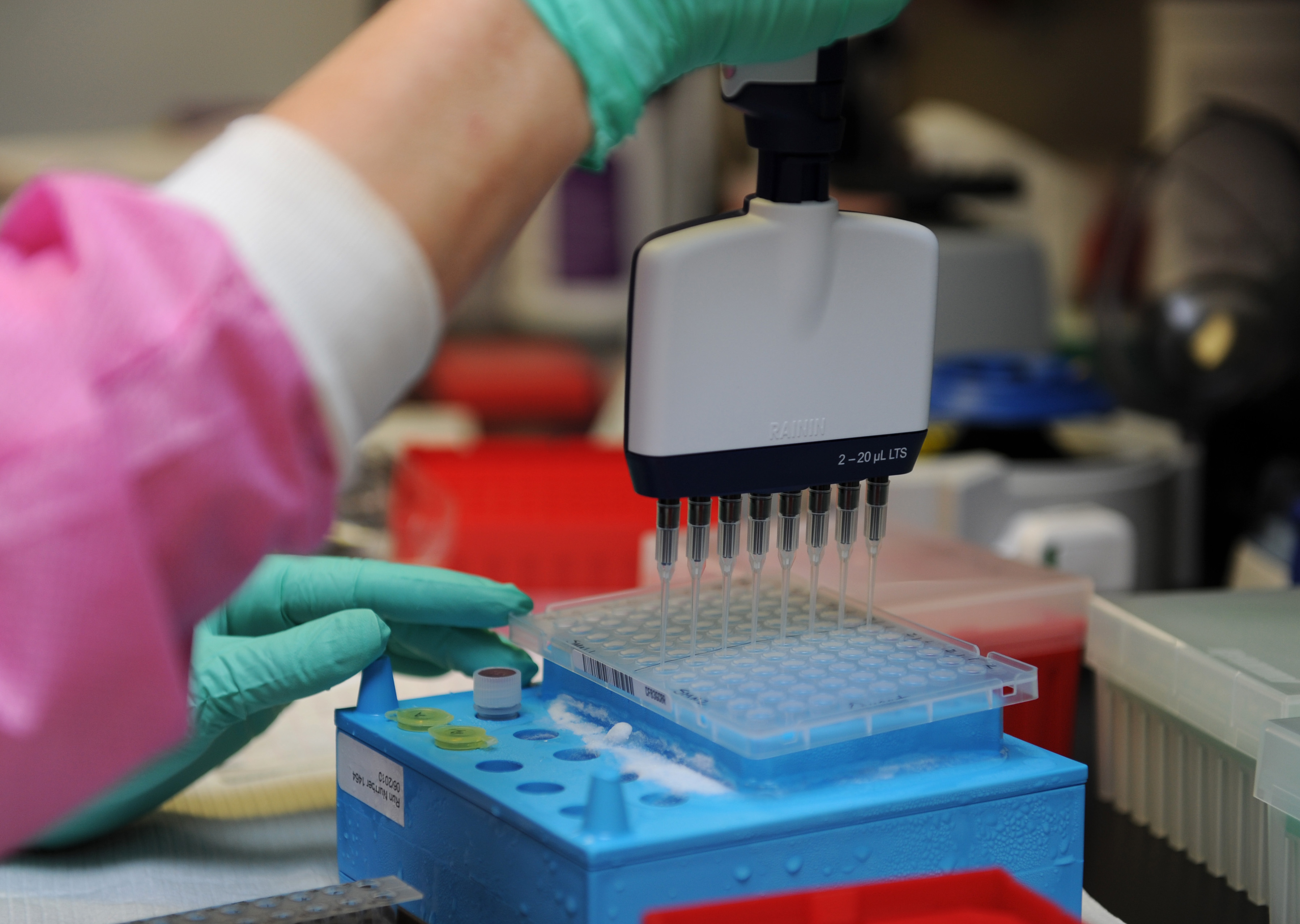Views expressed in opinion columns are the author’s own.
“There’s a difference between race in science and race as science,” astrophysicist Jedidah Isler explained to a standing-room audience at the National Geographic Museum last week.
She was a special guest on a live taping of Pod Save The People, a news podcast devoted to discussing culture, social justice and politics. The event was called “Race: What Defines Us?” and brought together multiple science perspectives to unpack the intersection of STEM and the construct of race. Isler’s quote got to the heart of the matter, clarifying that the concept of race is not based in any scientific fact, but the long history of racism in science is real and has consequences. This distinction presents a host of challenges.
[Read more: “It’s okay to be white” posters are covertly racist]
A prime example came from Hawaiian geneticist Keolu Fox. He repeated the fact that race has no basis in biology and is instead socially constructed. But he added that geographic origin is a factor in one’s genetic makeup. Combine that with centuries of racist research that places those with European ancestry above all others, and tangible health disparities start to emerge.
For example, the Human Genome Project, a massive international effort to sequence the human genome, plays an important role in shaping the future of medicine. But according to Fox’s 2016 TED talk, 96 percent of the studies that “associate common genetic variation with specific diseases have focused exclusively on individuals of European ancestry.” Less than one percent focused on indigenous communities.
These percentages have real health outcomes. Native Hawaiians have a life expectancy 10 years lower than non-native Hawaiians, due in part to higher rates of cardiovascular disease and cancer. This data seems to suggest that the key is getting more indigenous participants into genetic studies. But the problem goes deeper than just participating.
Science is littered with examples of indigenous people and people of color who were used without compensation and without their consent. Blood samples from Arizona’s Havasupai tribe were used without their consent and led to a “moratorium on genetic research” throughout many Southwestern tribes. Henrietta Lacks famously produced one of the most important cell lines in history, but never gave consent nor did she receive compensation. A history of white exploitation shows that merely participating in more studies is not sufficient for marginalized communities.
[Read more: The University of Maryland should divest from the prison-industrial complex]
So what does Fox suggest? “I am pro culturally sustainable science” he explained at the National Geographic museum. This means making indigenous people “partners in and not [just] subjects of genetic research.” Only then will we have a scientific community that is an accurate reflection of humanity. Terms like ‘diversity’ and ‘inclusion’ are thrown around in the STEM community, but this is not an issue of public relations or abstract progressivism. This is about removing bias from scientific inquiry and challenging institutional racism.
From STEM programs on college campuses to the Human Genome project, indigenous voices can no longer be marginalized. Race is not in our genes, but its impact is felt in our labs and our medications. As long as we allow STEM institutions to keep indigenous scientists out, genetics will only serve those with European ancestry. Culturally, we have deemed many in that group as ‘white’ or, in other words, worth saving. Changing that notion is a matter of life and death.
Jack Lewis is a senior government and politics major. He can be reached at jlewis20@umd.edu



